Rangers are a staple band in any board game, film, or video game dealing with fantasy. Nobody can forget the notable Legolas in J.R.R. Tolkien’s fantastical books.
While they’re considered relatively weak in D&D, just like other classes, they have exceptional capabilities when you use them correctly. Rangers even have some unique spells considered the best of the best!
Contents
- Best Ranger Spells 5e
- 20. Plant Growth (3rd-level)
- 19. Stoneskin (4th-level)
- 18. Protection from Poison (2nd-level)
- 17. Thunderclap (Cantrip)
- 16. Protection from Energy (3rd-level)
- 15. Goodberry (1st-level)
- 14. Ensnaring Strike (1st-level)
- 13. Enhance Ability (2nd-level)
- 12. Spike Growth (2nd-level)
- 11. Darkvision (2nd-level)
- 10. Entangle (1st-level)
- 9. Aid (2nd-level)
- 8. Absorb Elements (1st-level)
- 7. Pass Without Trace (2nd-level)
- 6. Guardian of Nature (4th-level)
- 5. Silence (2nd-level)
- 4. Shillelagh (Cantrip)
- 3. Revivify (3rd-level)
- 2. Hunter’s Mark (1st-level)
- 1. Swift Quiver (5th-level)
- Final Thoughts
Best Ranger Spells 5e
20. Plant Growth (3rd-level)
Plant Growth can either create an overgrown area of plants (using 1 action), having enemies move 4 feet of movement for every 1 foot, or it can enrich the land (cast over 8 hours), having the plants in the area yield twice their normal amount of food for 1 year.
While it’s evident that Rangers would use the control from the overgrown area, the problem lies with the plants.
You’ll need plants in the area for the spell to work, and while it isn’t mentioned how many, we can assume that at least one is needed for the spell to work efficiently.
That makes Plant Growth entirely situational and decreases the potential chances you’ll have to use it effectively.
19. Stoneskin (4th-level)
Stoneskin is a decent buff against physical attacks like slashing, nonmagical bludgeoning, or piercing damage.
While the spell’s resistance is excellent against physical damage, at level 13, magic damage is all too common.
Note: You’ll want to only prepare the spell and keep it handy when you know you’ll be facing enemies that deal a lot of physical damage.
18. Protection from Poison (2nd-level)
Rangers aren’t known for being tanky, especially against magic. Many spells and effects unleash poison, making it one of the most common damage types in D&D.
Protection from Poison will be situational, but because of how common Poison damage is, you’ll always have a use for this spell.
That makes it an excellent defensive option at any level, and its 1-hour duration makes it even better.
17. Thunderclap (Cantrip)
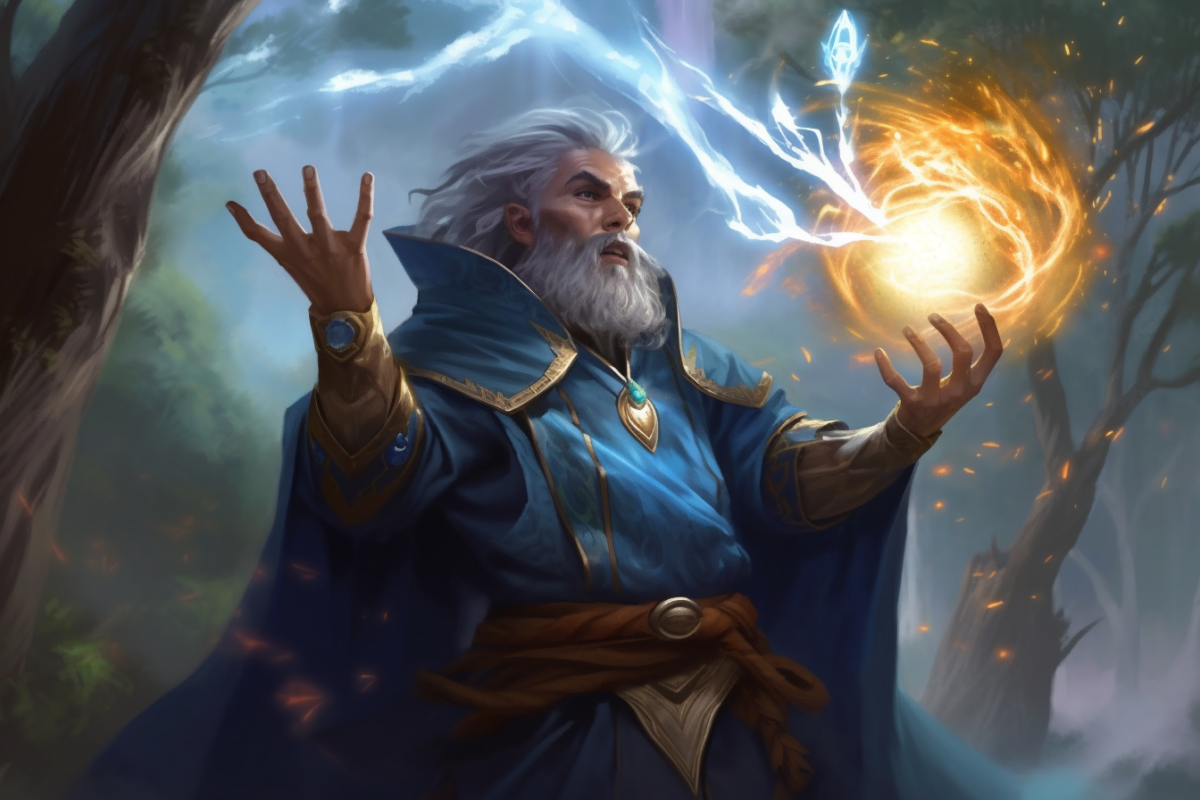
Thunderclap is an excellent spell to use when surrounded or in close combat. While the damage isn’t that high, being able to hit each creature within 5 feet of you makes up for it.
Note: The spell also deals Thunder damage, meaning the damage has a much lower chance of being resisted.
In most cases, you’ll also be able to put out much more damage than if you were to use a melee weapon.
Just remember that these creatures must make a Constitution saving throw, one of the most common attributes among creatures!
16. Protection from Energy (3rd-level)
Protection from Energy is a must-have if you’re worrying about defense. The fact that you can choose to be resistant to one damage type (picked from Acid, Cold, Fire, Lightning, or Thunder) means you’ll be protected from the most common damage types.
The main issue with Protection from Energy is that Rangers unlock it at level 9, while full-casters unlock it at level 5. Just be sure you need it before unlocking it, as it’ll be more useful on full-casters.
15. Goodberry (1st-level)
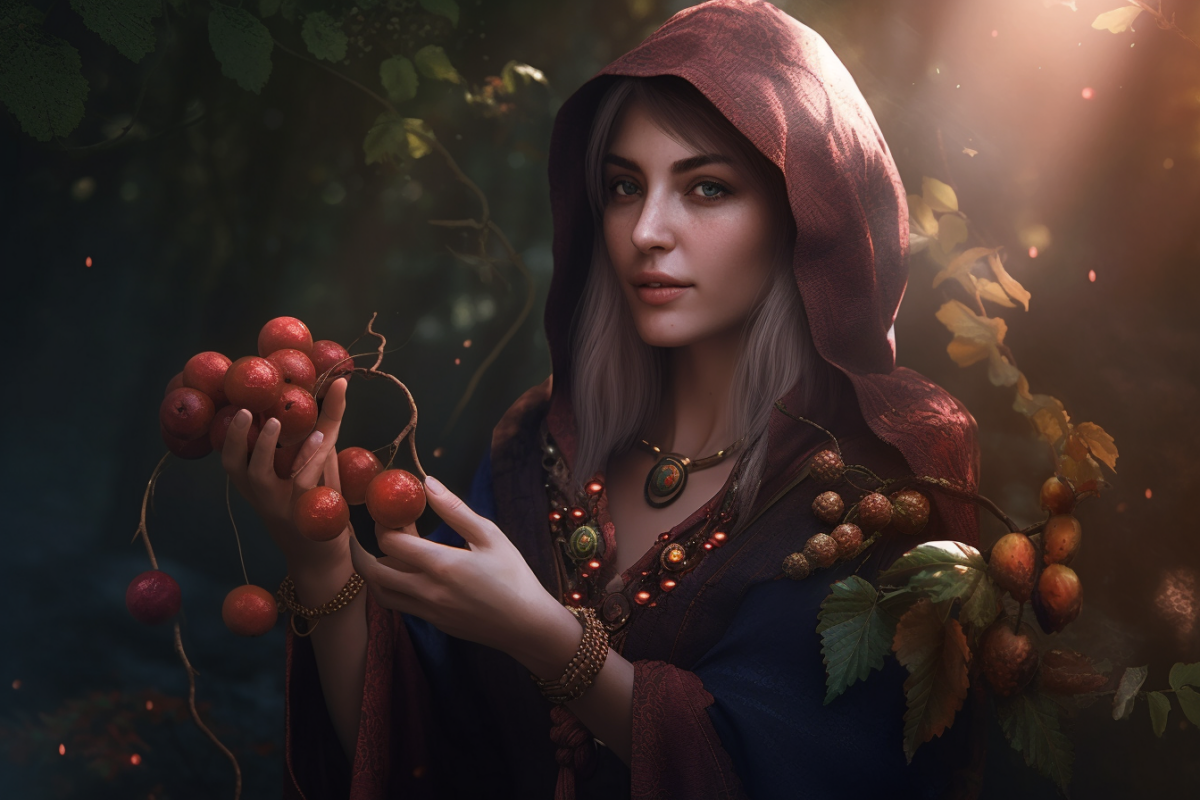
Goodberries are an excellent source of healing and utility.
Before setting out on an adventure, Rangers can use their spell slots to make sure they get as many Goodberries as possible and, in turn, help themselves and their team.
Just make sure you’re Druid isn’t already doing the same thing. While you have a few spell slots, Druids have many more and can provide enough Goodberries for the entire party if they want to.
Note: Even if you overdo it, having extra HP and food won’t do your party any harm!
14. Ensnaring Strike (1st-level)
Ensnaring Strike is almost exclusive to Rangers and is a great way to deal with single targets causing your party some trouble.
Rangers can use this spell at range, as you’ll use a bow or crossbow. That means you can efficiently deal with flying enemies if they start to pester your party too much.
Just keep in mind that the restraint is broken by making a Strength saving throw, so Ensnaring Strike won’t work against big brutes or physically strong creatures.
13. Enhance Ability (2nd-level)
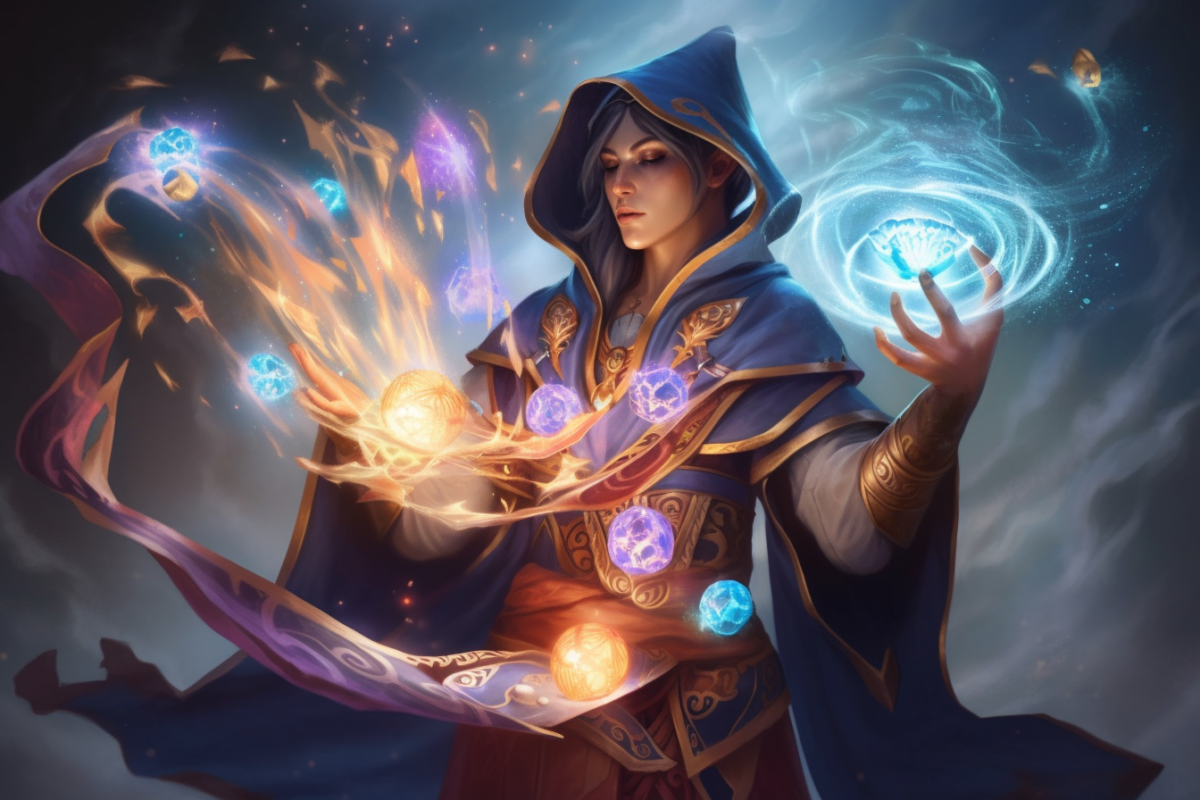
Enhance ability is an extremely versatile spell that can close the gaps between Rangers and other powerful classes.
Rangers are built around Dexterity and Wisdom, so most of their other attributes can be lacking, but with Enhance ability can be improved through the advantage it provides.
Enhance ability isn’t a go-to spell, but in smaller parties with less utility, having someone who can not only provide advantage to themselves but their party as well is immensely valuable.
12. Spike Growth (2nd-level)
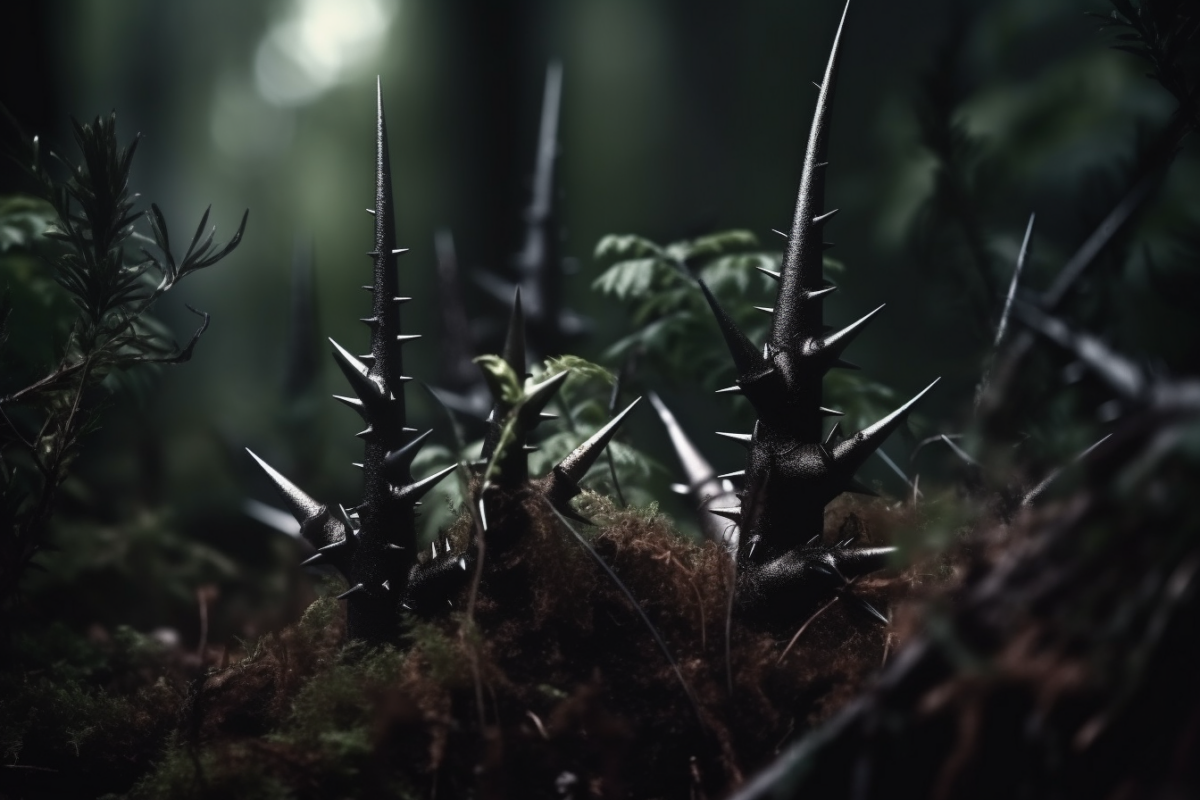
Spike Growth provides great area control for a 2nd-level spell, and it doesn’t provide any saving throw. It also deals damage while being difficult terrain, which makes it even more helpful.
In encounters with many melee enemies, Spike Growth becomes essential as it’ll help you and your party deal damage while giving enough room for the frontline to regroup effectively.
11. Darkvision (2nd-level)
Having the ability to see in the dark is a significant tactical advantage against creatures that can and can’t see in the dark.
Darkvision can also be given to allies and lasts 8 hours, which means it should last through most, if not all, of your adventures that day.
Note: You’ll be on the same playing field as creatures who have Darkvision (or can see in the dark) while having the upper hand against creatures without it.
10. Entangle (1st-level)
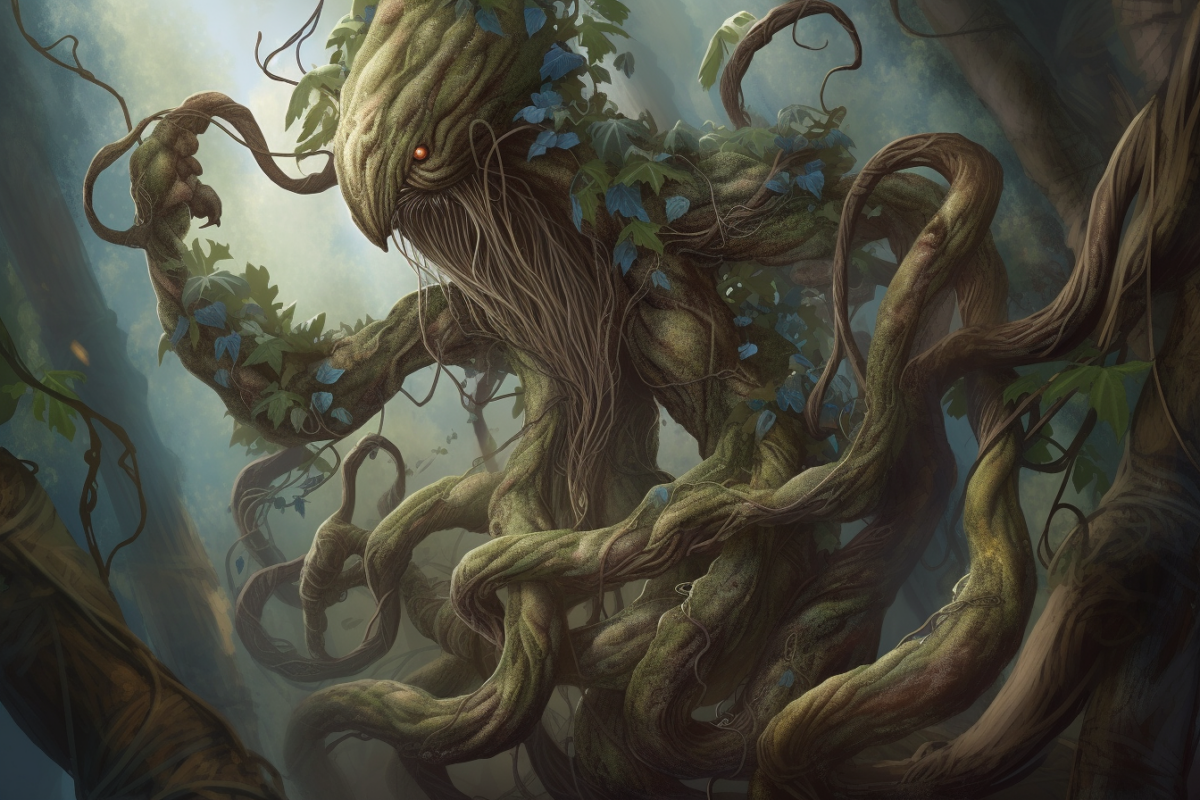
Much like the spell Ensnaring Strike, Entangle aims to restrain enemies on a battlefield.
Unlike Ensnaring Strike, this spell has a large area (20 feet), and all creatures in this area will be restrained if they don’t succeed in a Strength save.
Luckily, most enemies don’t have a high Strength stat, as most of them aren’t gigantic or Strength-based brutes.
That means most smaller enemies will be easy pickings for your frontline and other ranged attacks.
Note: Just be careful of using destructive spells or elements like fire that could potentially burn the plants.
9. Aid (2nd-level)
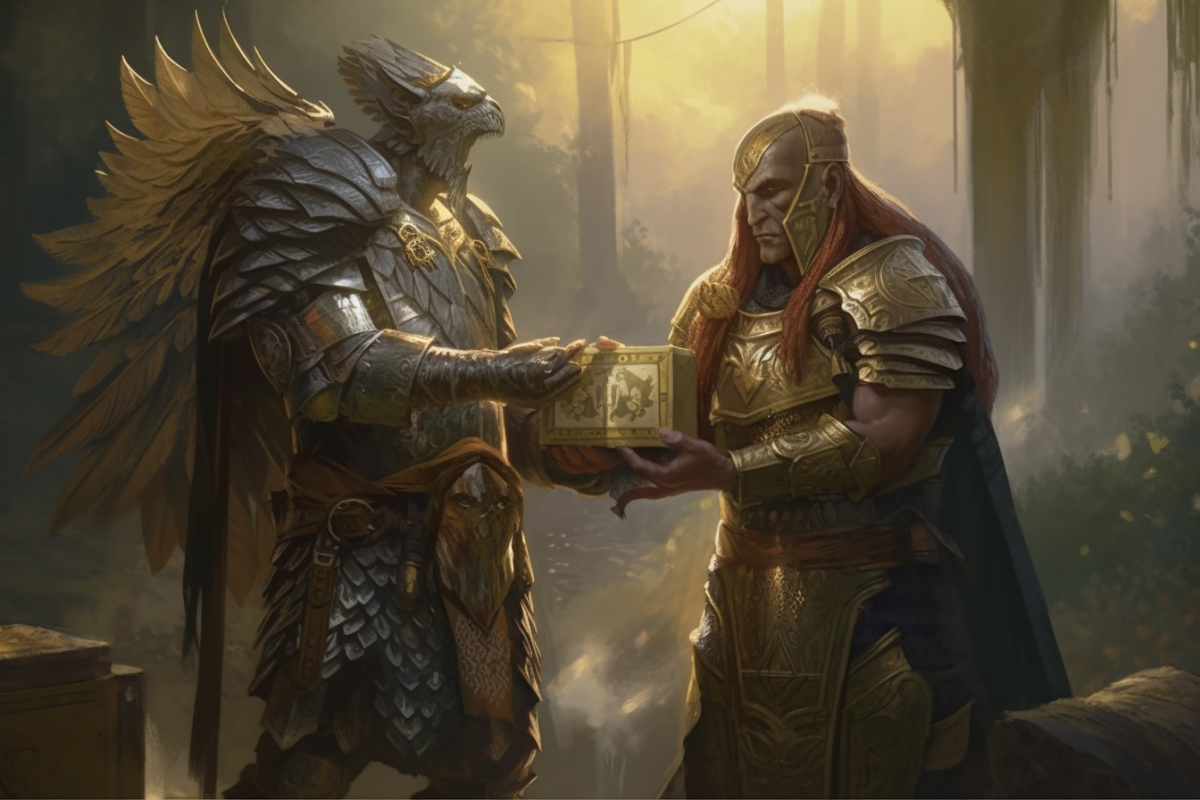
Rangers aren’t considered good for damage alone; many of their spells also provide utility like healing or increased HP, just like Aid.
Aid has a duration of 8 hours and can be cast on up to 3 allies within range (30 feet). These allies will have their maximum and current HP increased (by 5) for the entire duration.
Note: You can argue that other spells like Healing Spirit would be better, but due to its nerf, it became less useful and more situational.
That makes Aid a much better choice, as it’ll almost always be useful in some way.
8. Absorb Elements (1st-level)
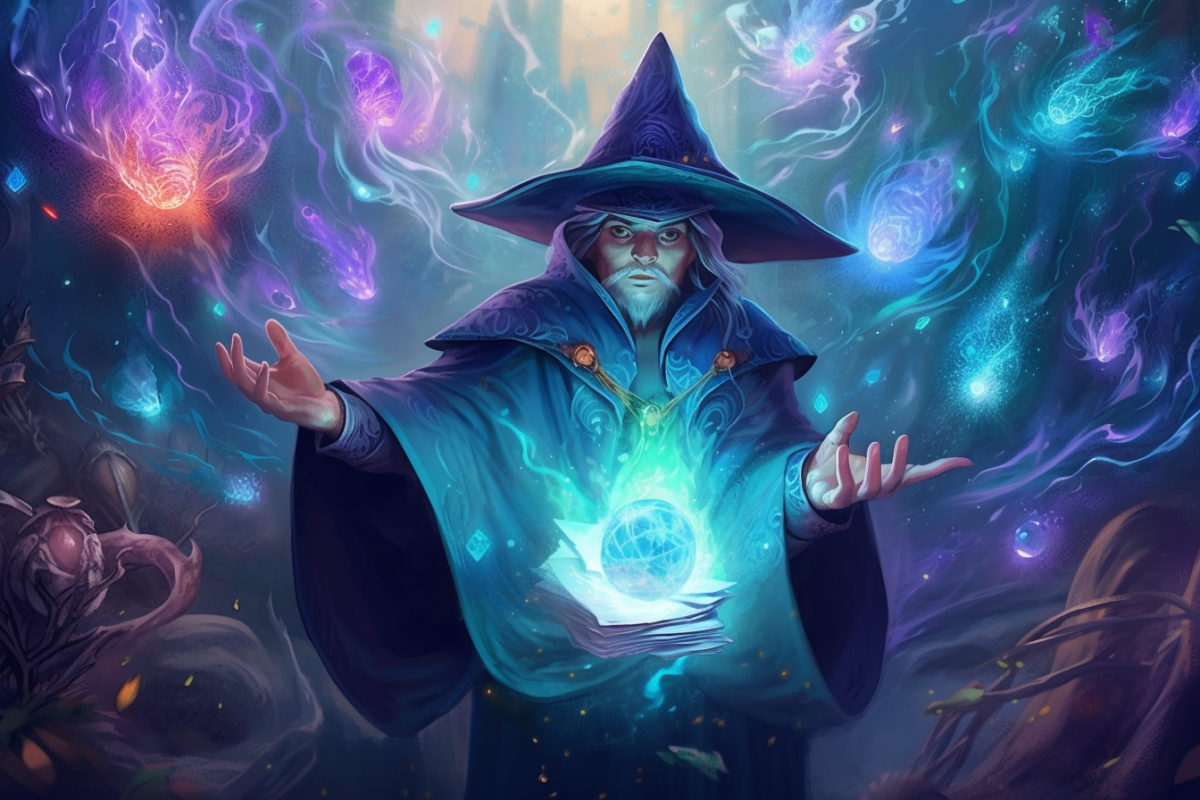
Rangers aren’t known for being very early bloomers in regard to spells.
While they have the capacity to cast spells, they receive spells much later than other spellcasters, giving them fewer options to choose from to protect themselves.
Absorb Elements is the key to early-level protection. The spell protects the caster from non-weapon damage and deals some extra damage (1d6) but at the cost of your spell slots.
You don’t have as many spells slots, so make sure you deal with the enemy targeting you while you have Absorb Elements active. If you don’t, you’ll quickly deplete your spell slots!
7. Pass Without Trace (2nd-level)
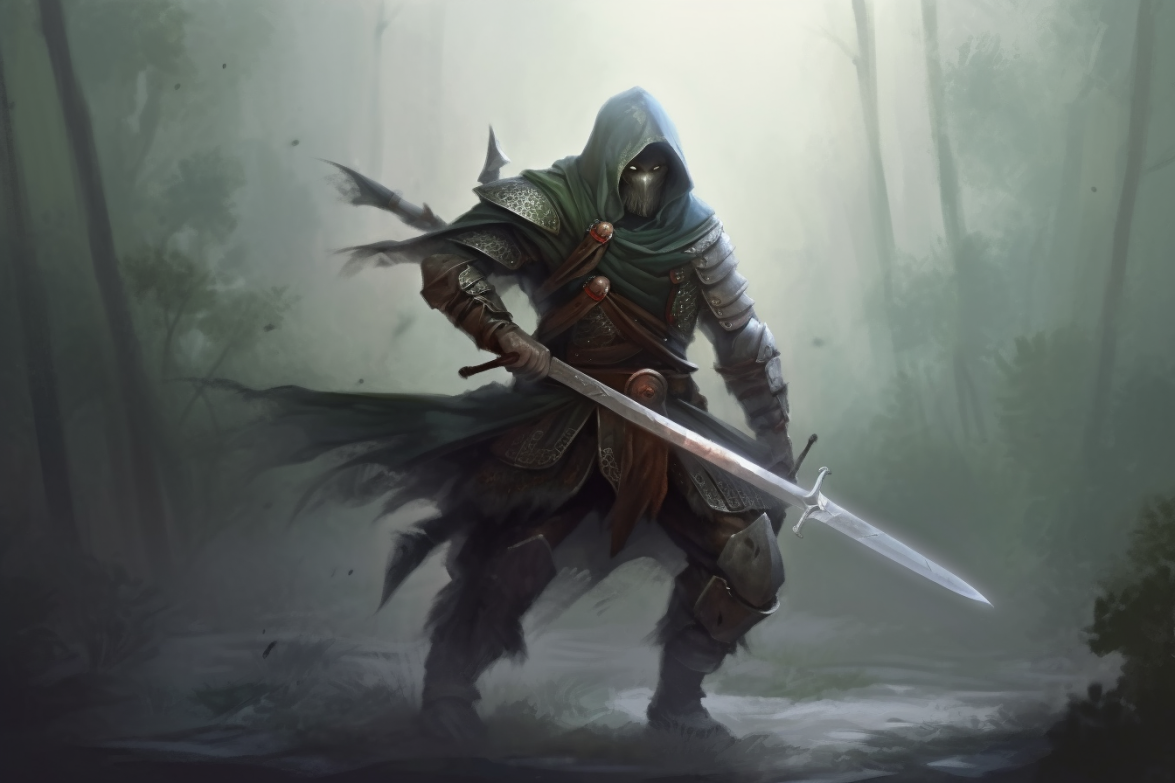
A Ranger isn’t complete if they aren’t at least a little stealthy. Pass Without Trace does exactly what the name implies.
For the duration (up to 1 hour, as it’s Concentration), you and each creature you choose (within 30 feet of you) will receive a +10 bonus to Dexterity (Stealth) checks while also not being able to be tracked by magical means.
Not only will this spell benefit you, but it’ll benefit your entire party. It also makes you feel more like the sneaky marksman assassin you know a Ranger to be.
6. Guardian of Nature (4th-level)
Guardian of Nature unleashes your true beast (Primal Beast) or provides you with extra durability (Great Tree).
Both options are exceptional and can even tempt a Ranger into increasing their Strength just because of the significant advantages.
In most, the ‘Great Tree’ will benefit you greatly as it provides extra HP, advantage on Constitution saving throws, advantage on Dexterity and Wisdom-based attack rolls, and difficult terrain within 15 feet of you (on the ground).
Note: Even though the spell uses Concentration, the advantage on Constitution saving throws means you’ll be less likely to lose Concentration.
Your main attributes (Dexterity and Wisdom) also have attack rolls made with advantage, which means you’ll hit way more often than usual.
Enemies will also have a hard time moving in and out of melee combat with you, as you’re surrounded by difficult terrain.
5. Silence (2nd-level)
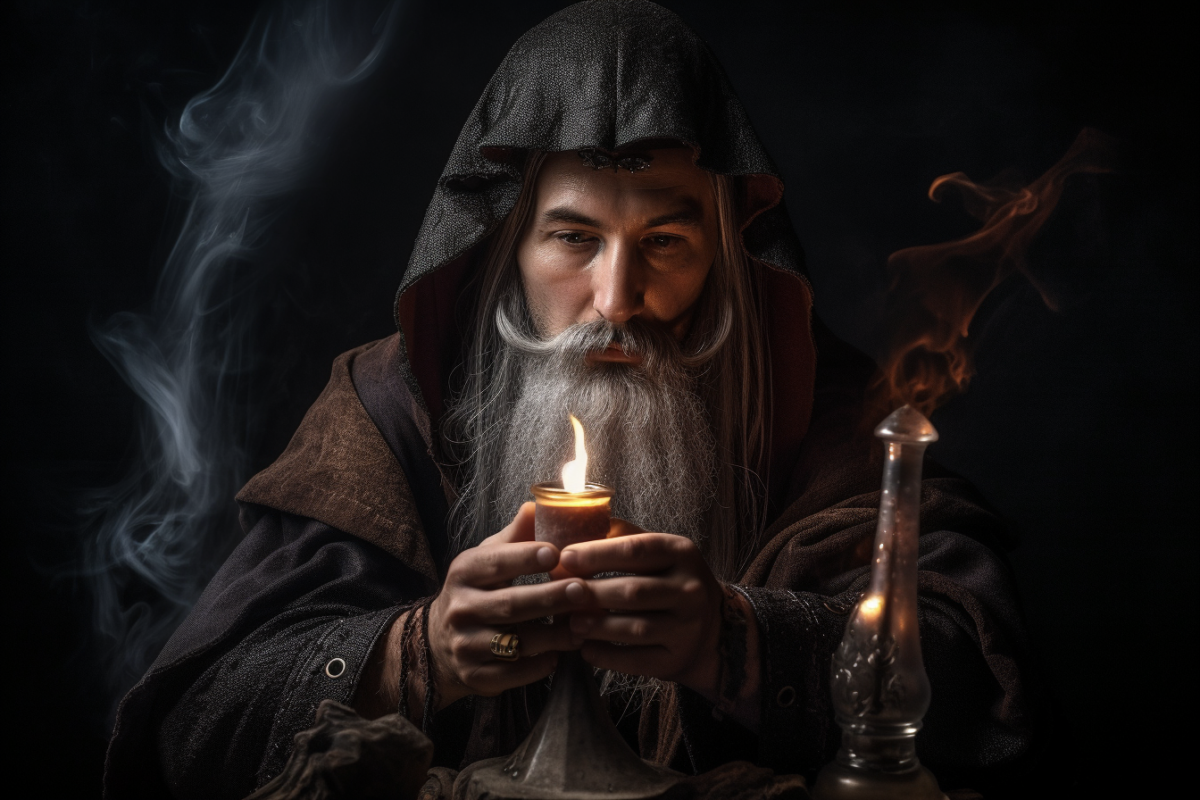
Much like Pass Without Trace, Silence acts as an excellent utility for the entire party. It also provides your character with extra stealth to be used on groups of enemies.
Even though other spellcasters will most like also have access to Silence, Rangers will benefit significantly from the stealth it gives with its large radius (20-foot).
It also works well against spellcasters using spells with the Verbal component. In fact, you can easily set up an ambush by casting Silence with another party member to silence an entire area before striking.
4. Shillelagh (Cantrip)
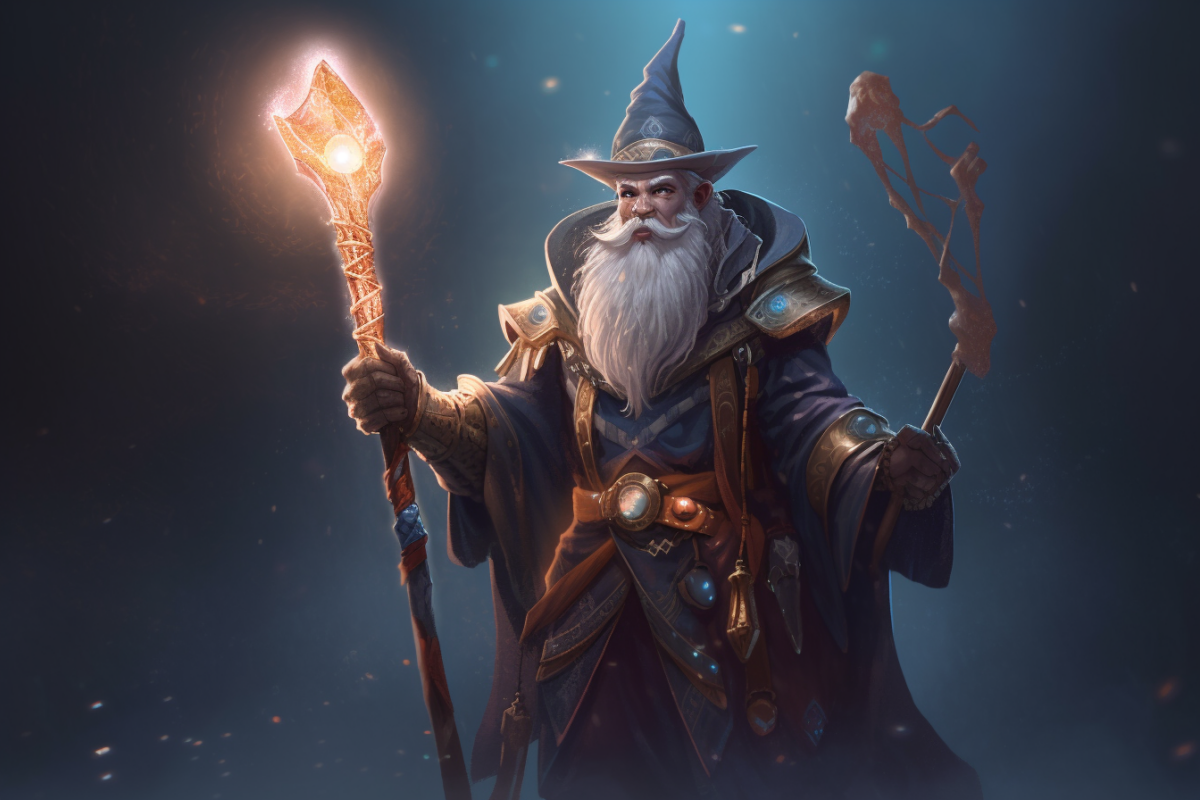
Most people wouldn’t expect a Cantrip to be in the top 5, as it isn’t even a traditional Ranger’s spell. When multiclassing, you can opt to multiclass as a Druid, creating the Druidic Warrior.
While it’s common knowledge that Rangers excel at ranged combat, they aren’t the most reliable in close-quarters fights.
However, with Shillelagh, you can quickly turn your club into a longsword equivalent, making it deal much more damage.
The attack and damage rolls for a weapon affected by Shillelagh use the caster’s spellcasting ability. Rangers use Wisdom as their spellcasting ability modifier, which is one of their most focused attributes, increasing their damage even more.
3. Revivify (3rd-level)
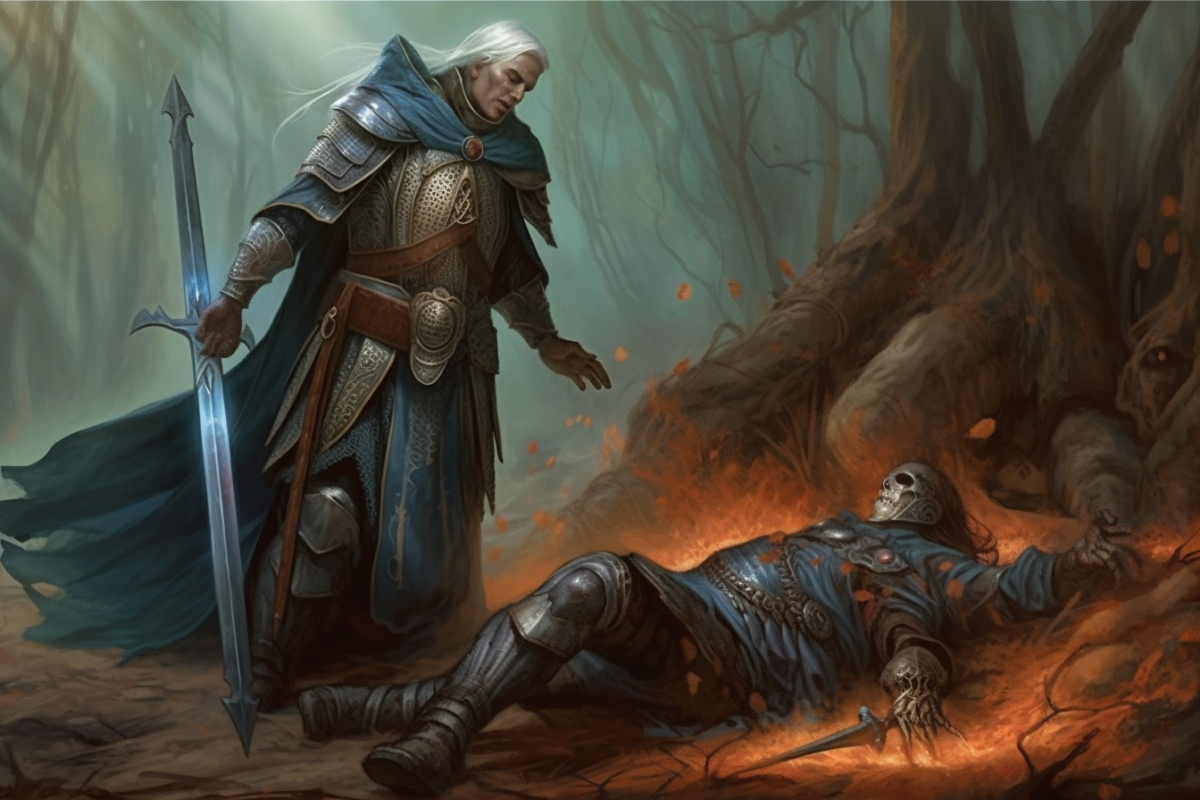
Death is highly unpleasant in D&D, especially in a high-stress situation where you can’t afford to die.
That’s why, even if you have allies in your party with Revivify, it’s recommended you also take it.
Revivify has a low-level, manageable component requirement and can, without a doubt, change the entire outcome of a battle.
There’s nothing worse than losing a teammate, realizing that nobody can resurrect them (their spell slots are burned, or nobody has a resurrection spell), and ultimately having to retreat or even lose another player.
Even if you don’t think Revivify is useful, even if you have a Cleric or Paladin, still consider taking Revivify. It’s just too good to leave out.
2. Hunter’s Mark (1st-level)
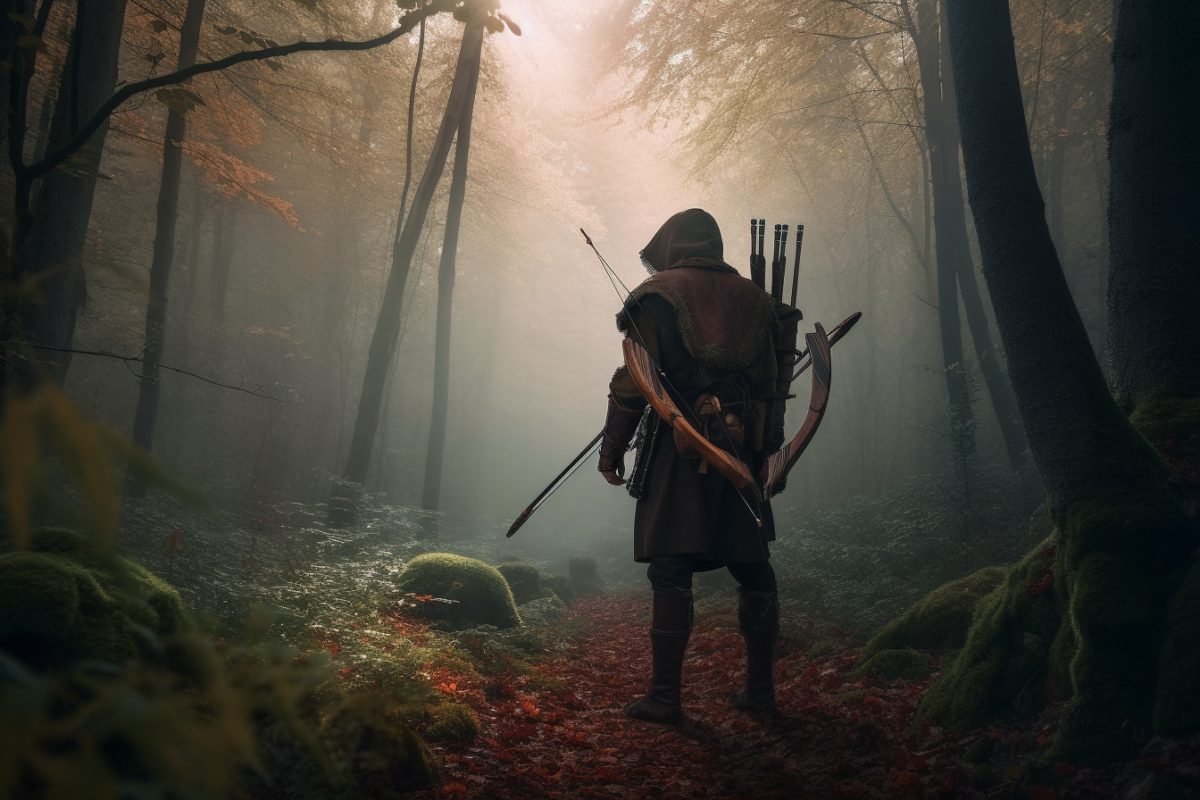
Hunter’s Mark is known as the bread and butter of Rangers. In most cases, Rangers will Concentrate on this spell while firing on single targets, then switching to others when the creature dies.
Hunter’s Mark lasts 1 hour, only uses a Verbal component, and needs a bonus action to be cast. It can also be upcast, making the spell last much longer (capping at 24 hours with a 5th-level spell slot).
You should always have Hunter’s Mark active when fighting at range.
You’ll be surprised how good its mystical mark, bonus damage on each weapon attack, and advantage on Wisdom (Perception + Survival) check can be.
1. Swift Quiver (5th-level)
Swift Quiver is, without a doubt, the best spell Rangers can pick if they want to deal as much damage as possible.
It achieves this by significantly improving your action economy (use a bonus action to make two attacks with a weapon that uses ammunition from the quiver) to the point that you can understand why it needs Concentration to stay active.
It also synergizes well with melee Ranger builds, even if it won’t deal as much damage as before.
Now, when at range, you can easily switch to your bow and start firing volleys at the enemy while being able to hold your own in melee combat!
Final Thoughts
While Rangers aren’t considered the best class to pick, many players have found ways to use these spells in combination with others or through synergy with their teammates.
In the end, Rangers won’t ever be considered ‘overpowered,’ but at least you’ll be able to assist your party while dealing enough damage to hold your own!
You might also be interested in the following:

![Top 20 Best Ranger Spells in D&D 5e [Ranked]](https://tabletopden.com/wp-content/uploads/2023/03/Best-Ranger-Spells-in-DD-5e-728x410.jpg)
Top 20 Best Bard Spells 5e in D&D 5e [Ranked]
Wednesday 3rd of January 2024
[…] Best Ranger Spells 5e […]
Top 20 Best Monk Spells in D&D 5e [Ranked]
Wednesday 3rd of January 2024
[…] Best Ranger Spells 5e […]
Aid 5e D&D Guide [2023]
Friday 24th of March 2023
[…] is a 2nd-level buffing spell available on the Artificer, Bard, Cleric, Paladin, and Ranger spell […]
Speak With Animals 5e D&D Guide [2023]
Wednesday 22nd of March 2023
[…] With Animals is a 1st-level communication spell available on the Bard, Druid, and Ranger spell […]
Conjure Animals 5e D&D Guide [2023]
Wednesday 22nd of March 2023
[…] a 3rd-level all-rounder spell, able to be used in many different ways. It belongs to the Druid and Ranger spell […]